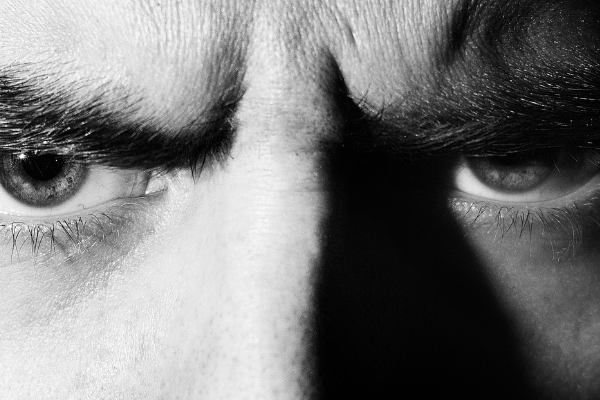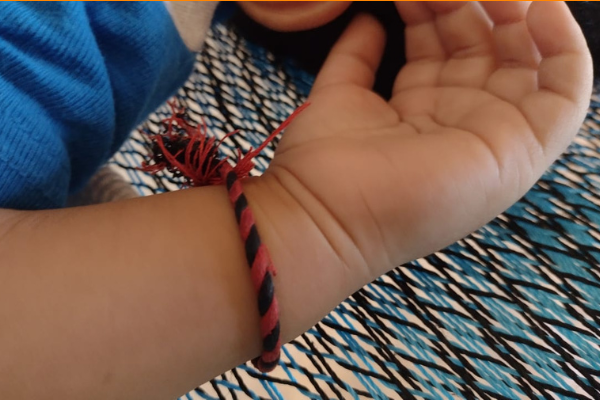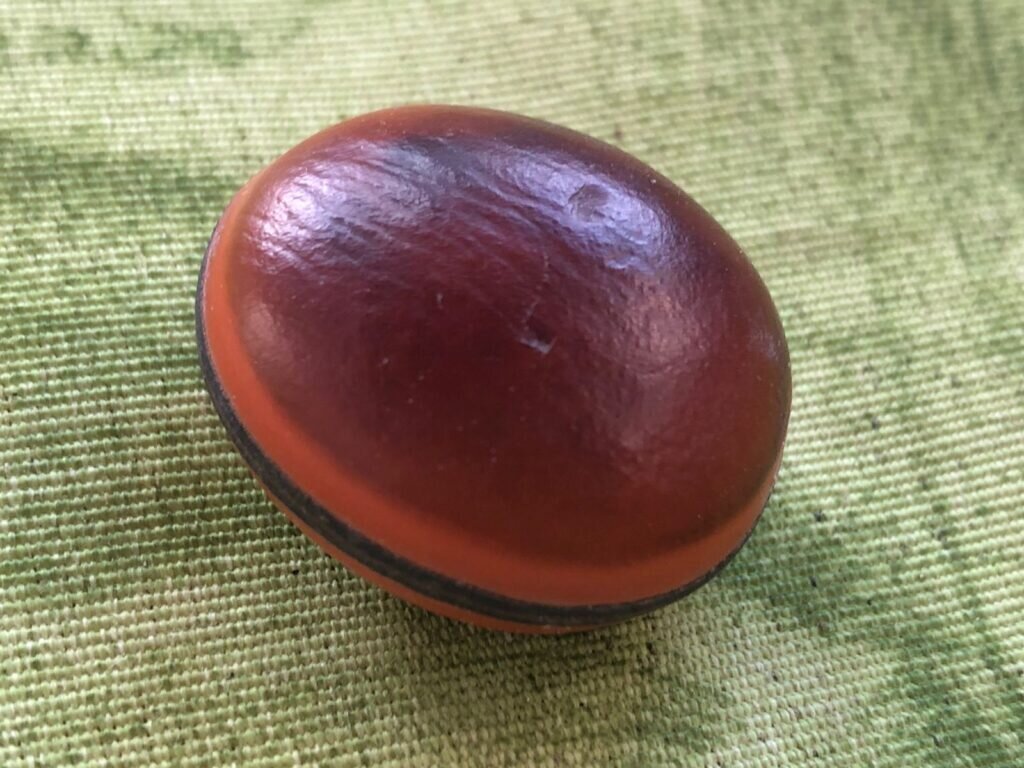El mal de ojo, The evil eye
The superstition of El mal de ojo, ‘The evil eye’, or k’ak’as ichi in Maya, is believed throughout Mexico, however, each region has its own talismans, causes and cures. The idea of the evil eye is not unique to Mexico and proof of these superstitions goes back over a thousand years, specifically to writings by the philosopher, Plato, in Athens, Greece. It was originally based on envy and one could become cursed or bewitched through a certain look or sound of the voice (1). We can find similar superstitions of the evil eye throughout the Middle East and Europe (2).
According to Mexican ethnographic and traditional medicinal studies, el mal de ojo is believed to cause sickness from the transfer of negative energy from one person to another; that there are people capable of making others sick simply through intense looks, whether they are voluntary or not. The Maya of the Yucatan Peninsula have their own specific beliefs of how one prevents, contracts and is cured from el mal de ojo.
What causes the evil eye in the Yucatan Peninsula
In this region of Maya culture in southern Mexico, it’s believed that the evil eye affects babies and young children where a look can be so negatively heavy or strong that babies and young children aren’t resilient enough to repel it. The threat of el ojo is especially prevalent during the month of November* during Janal Pixan or Día de Muertos (Day of the Dead) because there’s a fear that their babies could be taken away by the spirits of the dead who’ve returned from the spiritual world.
The belief in the region of the Indigenous Maya is that the evil eye can cause a baby or young child to get sick by the look or contact from many different circumstances. The most common reason they could get el ojo is if an angry or drunk person looks at or passes close by the child. In addition, el ojo can be given by a person who is caloroso, meaning that they are overheated from working out in the hot sun or cooking over a hot stove or fire. It could also be caused by the mal aire which comes with someone returning from working out in their milpa (small plot farm) in the monte (the low brush jungle) and brings the monte air to the child. Other beliefs in Maya communities in Quintana Roo are if someone coos to a baby without picking them up or touching them, marks a cross on the baby’s forehead, or from someone who had been to a cemetery and hadn’t bathed. Some also believe it can come from a person who hasn’t had breakfast or from a pregnant woman.
Talismans and actions to repel the evil eye
In the Yucatan Peninsula, the talisman that most people of the region use to prevent el mal de ojo is a red string bracelet tied around the right-hand wrist of babies and young children. It’s believed that the child should keep the string on until they’re old enough to speak well, in order to ward off the negative energy. In some areas of the Peninsula, a seed called el ojo de venado, or ‘deer’s eye’ is sewn into the red string bracelet. When the color of the seed changes from the light-brown to dark-brown, the seed has lost its strength and needs to be replaced with a new one.
There are different beliefs in the Yucatan Peninsula and among the Indigenous Maya communities regarding why the string needs to be red. One is that the color red is a potent, alluring color and the forceful, negative energy gets attracted to it like a magnet, enabling the red color to absorb the negativity. Others believe that the color represents life and fire, and when a bad spirit sees it, it’s repelled.
Additional actions are used to ward off el mal de ojo such as putting the child’s underwear on inside-out, putting a diaper in the child’s hammock when they are asleep, placing two machetes or shoes underneath their hammock in the sign of a cross, or an uncommon method of even rubbing the child with the dirty underwear of their father.(3)
Symptoms of and cures for the evil eye
When a baby or young child gets el ojo, they have green bowel movements, diarrhea, a fever, one eye looks smaller than the other and the child is restless, cries incessantly, and doesn’t sleep.
When a baby comes down with these symptoms, many parents immediately take their child to a conventional doctor. What they find is that modern-day medicines don’t work and their child continues to be sick.
In order to determine if a child has the evil eye, curanderos (traditional Maya doctors) pass an uncracked egg all around the body of the sick child, then break the egg in water and alcohol. Depending on how the egg reacts, this allows them to see if the child has el mal de ojo. If the test comes up positive, the curanderos use different medicinal plants to limpiar (clean) the mal aire or ‘bad air’ usually using a mixture based on basil. They also create a mixture of herbs for the child to be bathed in; occasionally using boiled marijuana and cane alcohol. These cures have proven time and again to be effective.
Many have stories of babies dying from el ojo because the parents didn’t take their sick child to a curandero/a for the cure.
*The Day of the Dead in the Maya communities of the Peninsula is traditionally celebrated throughout November.
To read more about Mexican, Yucatan and Maya history, culture and society, take a look at our wide range of blogs
Sources:
http://www.revistas.unam.mx/index.php/rxm/index Paz-Torres, Margarita , RA XIMHAI ISSN 1665-0441 Volumen 13 Número 1, enero – junio 2017, 117.
Tex-Mex Curios Inc. https://texmexcurios.com/history-of-the-evil-eye/
Arqueologia y Cenotes www.alinteriordelestado.com.mx/arqueologia/mal-de-ojo-sabes-que-significa



